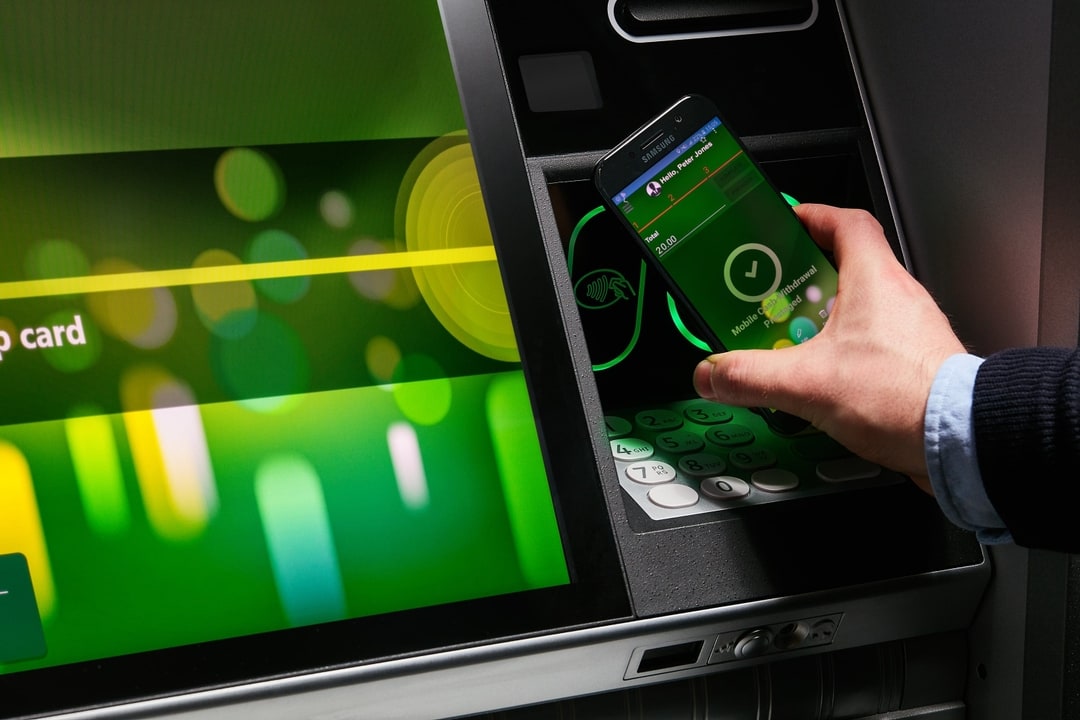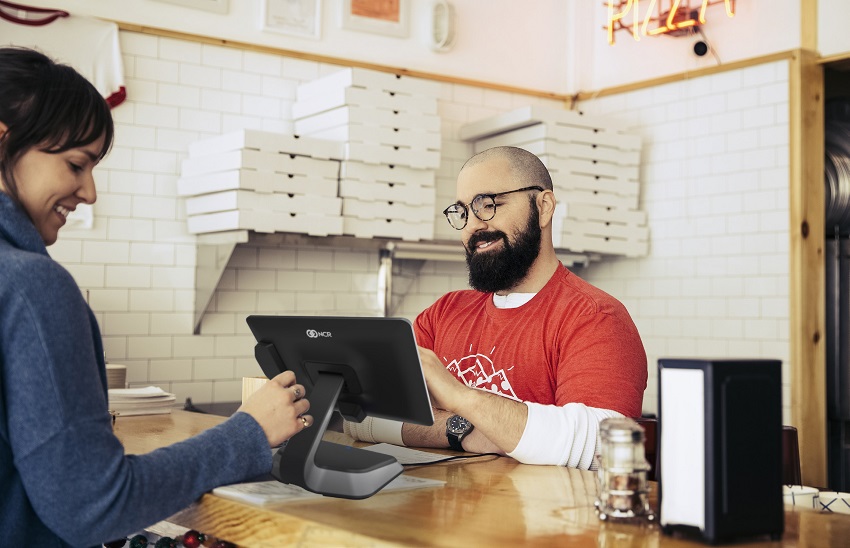Some key challenges of a cashless society
Published February 9, 2021
Well before COVID-19, some countries in various parts of the world were moving towards cashless societies. And, with consumer demand for more payment options leading the charge for non-cash payments, including contactless credit cards, talk of such a movement is on the rise again. But, while offering a choice of payments (on top of the use of a credit and debit card) is certainly a good thing, there are growing concerns that the option to use cash is being taken away from consumers.
In Sweden, for example, a growing number of shops and restaurants no longer accept cash (although, with the right technology, they accept digital cash). And, while the country has long been held up as a leader in the cashless drive, there is increasing pushback from consumers who feel that physical cash is still an important part of their lives..
Related: How cash use has changed in 2020
These worries may not be entirely baseless. Because there are a number of challenges associated with a cashless society that can’t currently be overcome, a 100 percent cashless economy is still a long way off – or even unrealistic.
So, here are five key issues to consider about societies without cash.
1. Security and privacy concerns with new technology
An increasing worry for many consumers is the data and cybersecurity issues of cashless payments aren’t well monitored (by a central bank). In today’s environment, cyberthreats from both organized technology-fueled thieves and rogue actors in nation-states are increasing.
It seems that they are always coming up with new ways of attacking digital systems resulting in a data breach and personal information identity theft—and non-cash solutions, especially credit and debit cards, may be more exposed.
Also, on the flip side, consumers have privacy concerns that come with every transaction having a digital footprint, whereas cash is more anonymous—you don’t need personal numbers to use a dollar bill. For consumers wary of their behavior being recorded by their financial institution, that can be off-putting—and for some consumers that’s putting it mildly.
And, the bottom line is that consumers are potentially more vulnerable to fraud by making digital transactions. Just look at what has been happening during the pandemic. As more consumers increasingly buy things online, data breaches have escalated. As reported by Yahoo Life, this year consumers are spending 30 percent more money online with many more people purchasing things like third-party food delivery and online video and audio-conferencing services.
That’s created a feast for thieves and hackers. “We’re now in totally uncharted waters, especially when it comes to hacking and identity theft,” Adam Levin, cyber security expert and founder of Cyberscout, tells Yahoo Life. “Breaches have become the third certainty in life behind death and taxes.” He says that identity thieves “prey on vulnerability and distraction.”
It turns out that the popular US digital payments network, Zelle (used by many trusted banks), is actually a risk for hackers. As reported by NBC news, posing as a consumer’s bank, scammers make phone calls saying they are calling to let banking customers know that their accounts have been breached. Then, after getting the information they need, they can quickly and easily access bank funds (and create fake Zelle accounts in consumers’ names).
2. Resilience and system vulnerabilities
What if a natural disaster or by some other means a cashless country’s supporting system gets knocked out—and it becomes a big problem for financial services? Suddenly, the ability of consumers to access their funds would be blocked and, with no one able to pay for anything, the result would likely be an economic shutdown. Take, for example, the Visa outage in 2018 which wreaked havoc for those relying on digital payments. The ATM became the trusted backup consumers needed.
While the latest infrastructure solutions are secure enough to likely prevent that scenario, 100 percent uptime is never a guarantee. If connectivity should fail, having cash as a reliable backup option will be essential, especially if natural disasters such as flooding, earthquakes or hurricanes knock out critical infrastructure.
3. Tracking spending
Cash also has a key advantage when it comes to issues such as consumers budgeting and monitoring their money—and giving themselves a spending limit. When bills physically leave your hand as part of a transaction, this tends to register much more than when paying by card or other means.
In fact, when using digital payments, it can be very easy for consumers to lose track of how much they’re spending and that could leave people approaching the end of the month with a lower balance than they think, simply because they cannot see in front of them how much money they have available.
4. Unwilling consumers
Regardless of how effective public education campaigns may be, with some consumers still wary of technology in general, there will always be a certain number of consumers who are resistant to the change—often with very good reasons. These are often thought of as more elderly citizens who are not as tech-savvy as their younger peers and at-risk people who simply need to be able to use cash. On top of that, people of all ages still prefer to use cash for a variety of reasons, from birthday gifts to the wariness of digital footprints, and their wishes must be respected.
5. Loss of control
Many of the concerns about moving away from cash essentially come down to consumers feeling as though they are in less control of their finances. Whether it’s being able to physically carry money in their wallet or purse, or worries about putting their faith in the systems of private companies or governments, cash gives people a sense of comfort and security that can’t be matched by other alternatives.
So, while non-cash payments are the norm for many transactions—and may remain so for many years—there will likely always be a place for cash. This is emphasized by the fact that 80 billion cash withdrawals are done at the ATM annually, while non-cash payments are approximately x10 this figure.
The final good-bye probably isn’t coming
Despite the many new convenient ways consumers can pay for their goods and services, cash remains a trusted, secure, reliable way to pay. And it carries a tangible sense of worth, which is particularly handy when budgeting. Cards and mobile payments definitely provide flexibility, choices and convenience for consumers, but a full cashless society remains unlikely.
What may transpire is a very interesting world of ATM and mobile convergence and a focus on a digital and physical channel combined experience where consumers have a choice of transactions—and cashless and cash can happily coexist together.



